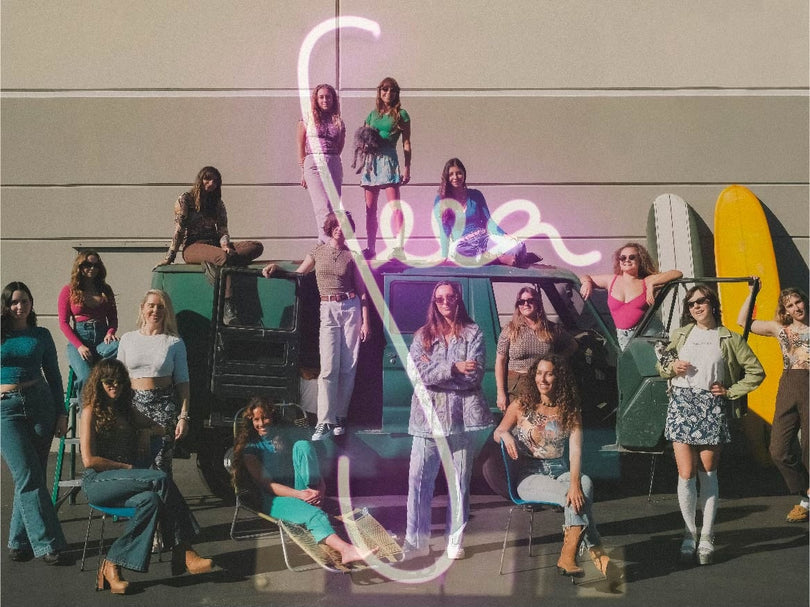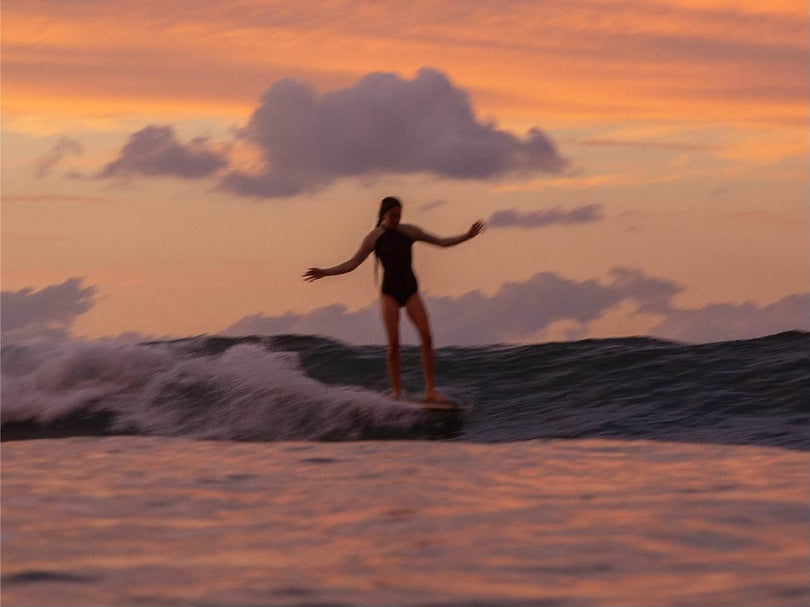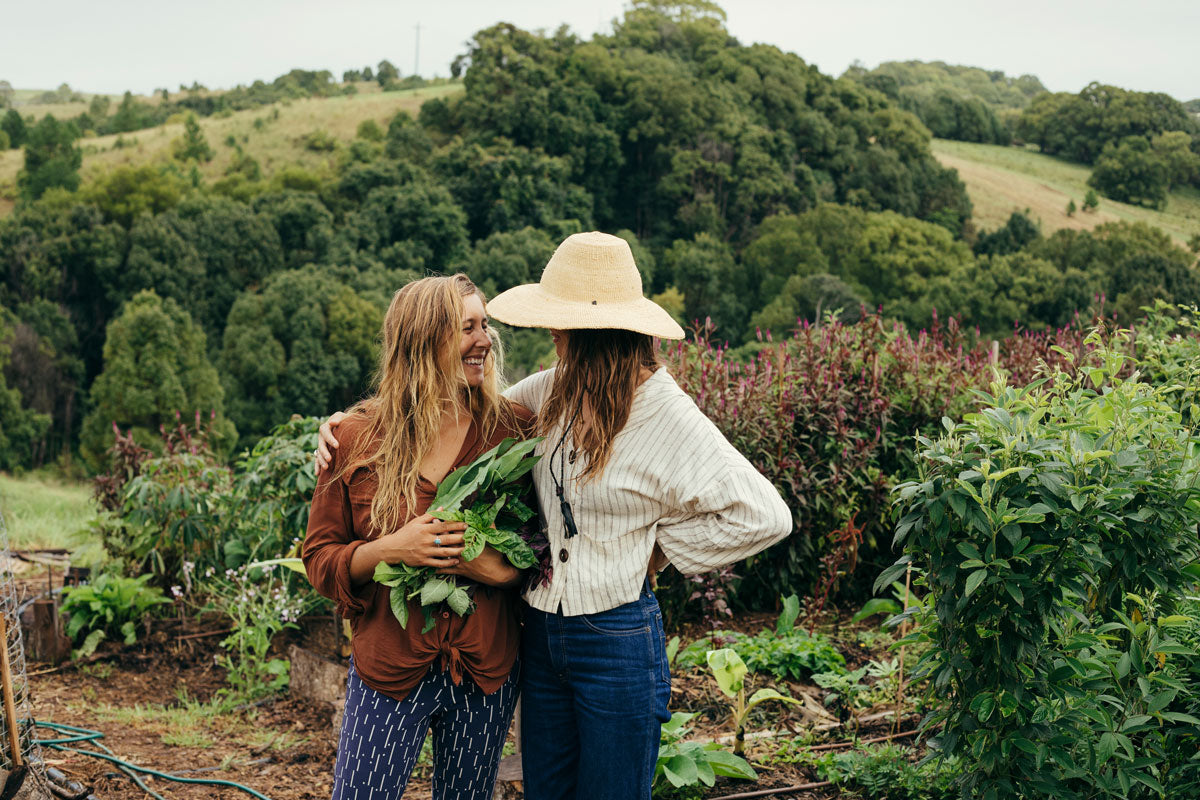“The more clearly we can focus our attention on the wonders and realities of the universe about us, the less taste we shall have for destruction.” — Rachel Carson, American marine biologist, author, and conservationist
We all know the environmental scourge that is single-use plastics. Still, plastics wrap up or make up most of the things we buy on a daily basis.
Americans alone dispose of 100 billion plastic bags annually. Globally, more than 4 trillion plastic bags are used and disused. Somewhere in the neighborhood of 500 billion disposable cups are thrown away each year. Most shockingly, “a full 32% of the 78 million tons of plastic packaging produced annually is left to flow into our oceans; the equivalent of pouring one garbage truck of plastic into the ocean every minute. This is expected to increase to two per minute by 2030 and four per minute by 2050. By 2050, this could mean there will be more plastic than fish in the world’s oceans.”[1]
And it’s mostly avoidable pollution: takeaway containers, shopping bags, bottle caps. Still, getting a grip on our plastic problem can be totally overwhelming to navigate as it has been woven into the very fabric of our lives in ways that are difficult to recognize even when we’re looking for it.
That’s why someone like Kate Nelson is such a gem. She’s been single-use plastic-free for a decade and is committed to educating others in crafting a single-use plastic-free life in the special way that a 100% committed, free young spirit can. Her Youtube channel hosts a heap of DIY videos for de-plasticizing your life, from homemade sunscreen to beeswax wraps and plenty of DIY beauty products.
I caught up with Kate between editing sessions of her book on the back beaches of Byron Bay to learn more about her journey to quitting plastics.
Photos by Lucrecia O'Keefe 
So you haven’t used single-use plastics in 10 years?
Correct.
That was really pre-empting the zero waste movement. What prompted you to start?
I was volunteering for a non-profit in Santa Barbara and I just learned that plastic doesn’t biodegrade. It doesn’t break down into the environment like a banana peel or an apple core. It breaks up into millions and millions of tiny pieces. And these pieces are then ingested by microorganisms and fish and other marine creatures and they work their way up the food chain. So not only is the trash gathering in the oceans and creating these dead zones in the trash gyres, but it’s also infiltrating the food chain. So I just felt like, with all of the things impacting the planet, [single use] plastic was something that I can control—at least my personal contribution.
There’s a big gap between knowing that, and actually committing to a lifestyle that revolves around avoiding plastic. I feel like most aspects of our culture push us toward consumption— as we’ve collectively moved toward disposability— and plastic is almost always implicated in that cycle.
It was really out of a personal desire to do my part and out of a romance—a love affair with the ocean—and feeling this love of mine threatened by something that I used on a daily basis. Initially, it was just a lifestyle change, but as I evolved into an activist, I began to see how plastic permeates much of our culture. It’s in our cars, in our technology, it’s wrapping our food, wrapping our face products, our children’s butts (diapers), our own period products are all plastics: single-use plastics. So, I was like ‘fuck that.’ This is all a side effect of our huge focus on consumption and growth—not growth like trees and plants and flowers—but wealth for the one percent.
And for convenience.
Yeah, disposability, convenience. The use of plastic originated for good reason, it was adopted in WWII when all the soldiers went off to war and women were left at home to work full time and take care of their families and do all the cooking. So they were using single-use plastic plates and cups and put it all in the trash after meals. 
Kate wears the Soleil Bikini crafted in recycled polyester fabric made from post-consumer plastic bottles.
It must have been a savior in a radically gender divided and culturally trying time…
It kind of empowered women to be able to do everything. And then it escalated so out of control that now pretty much everything we do we can’t avoid single-use plastic. I think it’s just another situation where we jumped into something we thought was the solution without assessing the full impact or understanding the consequences.
It’s really hubris on the grandest scale, not stopping to assess the impact of plastics along the way to where we find ourselves today.
But now we know, and still—other than banning straws and getting amazing PR for banning straws— there isn’t as much movement away from plastic as there should be.
You were just traveling through the US. I remember reading some of your Instagram posts that chronicled how next to impossible you found it to avoid plastics there. Even when eating in a restaurant it was rare to not be served a piece of plastic on your plate, from waxed paper to condiment containers…
Even when expressly letting a server know that I don’t use any plastic and I don’t want any of that on my plate. That’s why I started carrying this around [holds up little metal container] because salad dressings always came in a plastic container on the side. Australia is definitely further ahead than the States. 

Kate displays a few of the reusable containers she carries with her wherever she goes.
I get stuck in situations pretty regularly where I’m traveling or I’m just unprepared and feeling the eco-guilt, but I get my food in a compostable plastic, a “bio-plastic.” But are they actually any safer than plastic for our health or for the planet?
I was just in Hawaii and everyone was claiming to be “plastic free” while using compostable plastics. But they don’t have a commercial composting facility on the island, so it all just ends up in a landfill. And no one knew that. So it’s still single use and it’s still perpetuating a system that is broken and isn’t serving our environment or us. All of these chemicals leach into our food and drinks and eventually build up and contribute to disease.
I know of an environmental consultation company that advised a massive zoo in a huge city to use single-use plastics over compostable plastics because compostable plastics are probably going to break down in a landfill [as opposed to going to a recycling facility], and could potentially emit more methane and contribute to climate change at a similar rate to single-use plastics.
If you have a composting system in your backyard that you can bring it to, or you can call up your local council and assure that your compostable plastics actually end up in a composting facility, then that’s great. But so many of us don’t have that option, so trying to avoid them is ideal. 
So, basically, if I’m having my smoothie in a bio-plastic cup and then throwing it in the trash after, I shouldn’t feel like I’ve done anything better than if it’d been in petroleum-based plastic?
It’s just like throwing food scraps into your trashcan. Bio-plastic is doing far less good than all the marketing claims and advertising with the leaves all over it would have us believe. It’s a beautiful example of greenwashing.
That’s why I have this kit ready to go all the time. It’s about bringing your own reusables or being resourceful when you’re out. I’m always like ‘hey, can I just borrow that bowl you have back there?’
I bet that’s turned into a fun adventure, to commit to avoiding plastics.
It’s hilarious. That’s actually how I think I invented the smoothie bowl …
Wait, do you really think you invented the smoothie bowl?
Yeah. Smoothie tumblers are so much plastic. At the very start of my journey, like 10 years ago, I was like ‘nooooo’ I can’t do it anymore. Most smoothie places have a bowl for something laying around, so I just put it in there and ate it with a spoon.
That’s such a claim to fame. What a contribution.
Well, I can’t prove that I didn’t invent it. [Laughs]
...
[1] https://www.earthday.org/2018/03/29/fact-sheet-single-use-plastics/








1 comment
Julie Fish
I really enjoyed this interview and especially the discussion on compostable plastics. As a Sustainability Steward for a scaling business (Sea Witch Botanicals) I always advise people to think of sustainability in tiers. What’s your top tier of importance? For us as a company, it’s doing everything we can to keep the world’s waterways clean. So we’d rather wrap our print soaps in compostable shrink wrap than plastic shrink wrap, because we want to keep the waterways clear of plastics. However, our local Food Co-op’s top tier is not to support any GMO foods and/or products. Because of this value, they do not have any compostable packaging because it’s often made from GMO corn. I find that thinking about sustainability in tiers is a great way not to become overwhelmed by it…
If we all find ways to protect what we’re most passionate about then we’ll have better success rates as individuals and as a whole. Cheers to a life-long journey of sustainability and living intentionally. ~Julie Fish
I really enjoyed this interview and especially the discussion on compostable plastics. As a Sustainability Steward for a scaling business (Sea Witch Botanicals) I always advise people to think of sustainability in tiers. What’s your top tier of importance? For us as a company, it’s doing everything we can to keep the world’s waterways clean. So we’d rather wrap our print soaps in compostable shrink wrap than plastic shrink wrap, because we want to keep the waterways clear of plastics. However, our local Food Co-op’s top tier is not to support any GMO foods and/or products. Because of this value, they do not have any compostable packaging because it’s often made from GMO corn. I find that thinking about sustainability in tiers is a great way not to become overwhelmed by it…
If we all find ways to protect what we’re most passionate about then we’ll have better success rates as individuals and as a whole. Cheers to a life-long journey of sustainability and living intentionally. ~Julie Fish